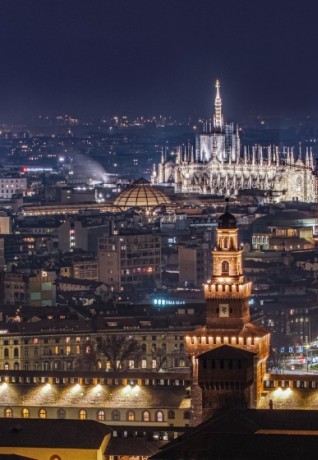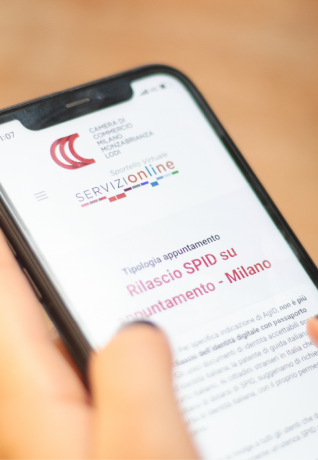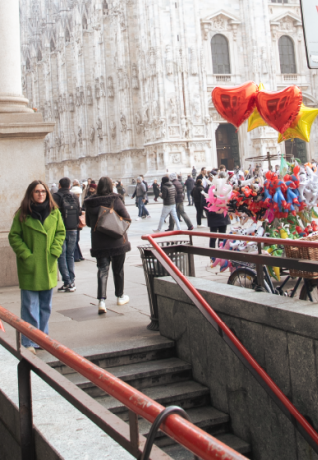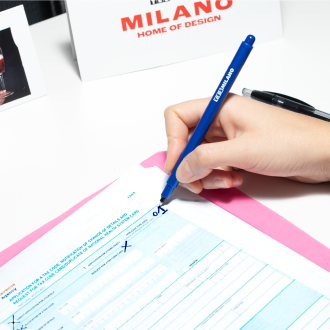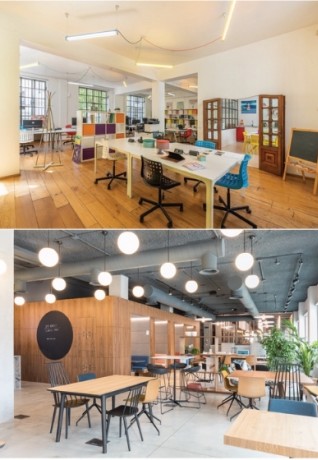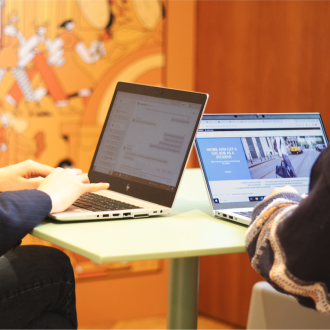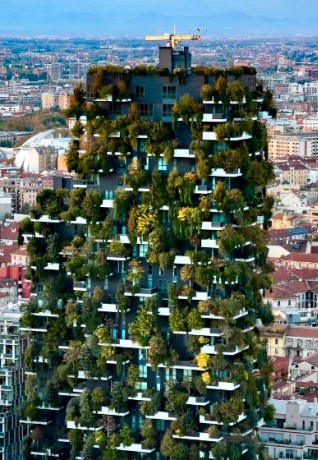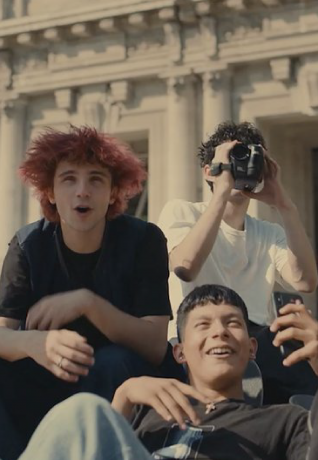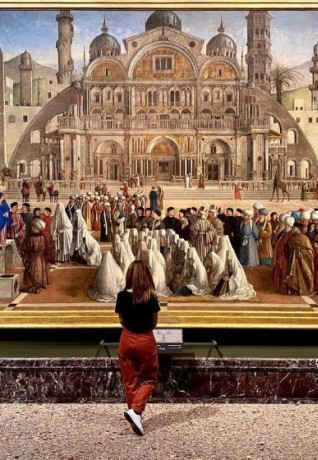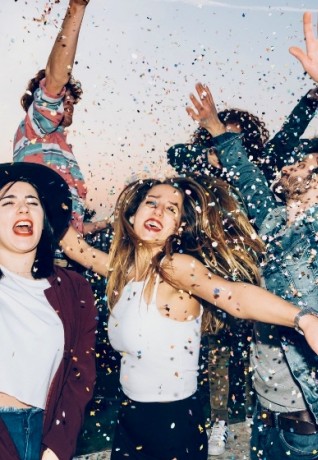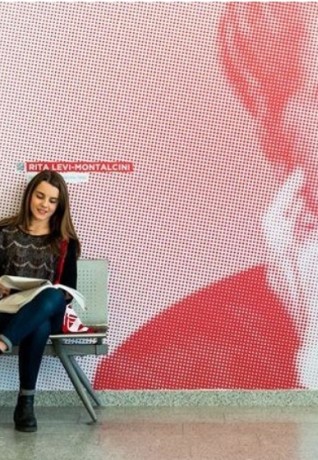Nightlife in Milano: 10 cool things to do

- 1. A spritz at El Tombon de San Marc
- 2. A jazz concert at the Blue Note
- 3. A movie at Cinema Mexico
- 4. A night game at San Siro
- 5. A play at Piccolo Teatro Strehler.
- 6. A reggae party at Leoncavallo
- 7. A happy hour meal at Darsena
- 8. Steamed dumplings in Chinatown
- 9. Cocktails and dancing by Gae Aulenti square
- 10. A concert at La Scala
A drink after working hours is a pleasant distraction everywhere, but in Milano it has the mark of distinction, it tends to be a perfect experience, even in the abstract. This is because aperitivo in Milano is an art and Milanese bartenders mix Negronis and Martinis like no one else and keep inventing new cocktail ways to make people giddy and talkative. The young Milanese like to congregate in atmospheric districts of the city that are crowded with bars and cafés: Darsena and Navigli, Porta Venezia, Isola, NoLo, Corso Sempione, Corso Como. When the night falls, these areas fill up with people drinking spritz or chupito next to a happy hour platter of pasta salad, chips, meatballs, sandwiches, and much else. A cocktail in Milano falls in the 5-10 € price range, depending on the area of the city and the sophistication of the bar.
Milano also features many night venues for live music and where to go dancing and prancing (discos have now re-opened with 50% capacity). Jazz, rock, house and trap are probably the most beloved music genres in the city. Stadiums, arenas, cinemas and theatres complete the night leisure offer in Milano. Here are 10 cool things to do in the city after dusk, a spectrum of options from the stylish to the mundane, from the mainstream to the underground.
With Aperol or Campari, Prosecco, seltzer and a slice of orange, the spritz cocktail was introduced by the Austrians, which ruled Milano for over a century. It is probably the most appreciated around the city, particularly by patrons in their twenties and thirties. Tombon, one of Milano’s historic bars, set in Piazza San Marco (M2 Moscova) between Garibaldi and Brera, is one of the several places where you can elegantly sip it in a perfect rendition.
A venue for live concerts and restaurant meals, Blue Note offers a busy program of jazz, soul, blues and swing, with artists from the States and the world over (M5 Isola).
“Il Mexico” is Milano’s underground movie theatre: it has been screening critically acclaimed films in a cavernous and musty art deco building for forty years. A trip back in time when movies were social gatherings, in the foggy industrial landscape of the Milano Design District (M2 P.ta Genova).
The UEFA Nations League Final was a recent evening match played in Milano’s renowned stadium, which stands next to Wembley and Maracanã as the most titled football arena in the world and is the home of both Nerazzurri (FC Inter) and Rossoneri (AC Milan). Mid-week and most Sunday matches are played in the evening. Get your ticket online and cheer in the stands for your favourite Milanese or European team! (M5 S.Siro Stadio)
Established by famed theatre director Giorgio Strehler, this is the most important playhouse in the city, staging plays ranging from Commedia dell’arte to Ionesco and contemporary drama. An offspring of the historic Via Rovello Piccolo Teatro, which has been experimenting with socially progressive theatre since 1945, it is housed in a constructivist building set near the M2 Lanza subway station, on the right side of Castello Sforzesco.
In existence since 1975 in occupied buildings around the city, Leoncavallo is Italy’s oldest centro sociale (somewhat between a squat and a social club). Now located in via Watteau (M3 Sondrio, then walk or bike) in an abandoned paper mill, it has been offering live concerts and political happenings in its present location for more than twenty years. Two bars and a restaurant offer good beer and food at very reasonable prices. The outdoor yard has been transformed in a garden, and the outside walls host some of the best graffiti art in the city. Reggae events are usually high quality and attendance is large.
The evening is approaching, the day was busy: it's time to relax. No place in Milano is better for doing so than Darsena, the docks by the Navigli canals, in the Porta Ticinese neighborhood, where market stalls, bars and cafés sit along the quay, with outdoor tables and terraces. Get yourself a platter of veggies and cheese or cured meats, or some fancy street food. All of Milano youth is there with you.
Walking down Via Sarpi is a thrilling culture and food experience. Milano’s Chinatown is Europe’s largest after Paris, and the Sino-Milanese are present all over the city, particularly in its northern part. Over the decades, the quality and range of East Asian cuisine has markedly increased in Milano. Cantonese, Sichuan, Mongolian, Korean, Japanese, you can find them all in Via Sarpi; but in our opinion the best quality/price bargain for Shanghai-style steamed dumplings can be found in the bamboo baskets of BaoZi. If you would rather cook them at home, buy them at the nearby Ravioleria, an outstanding example of Chinese-Italian fusion, with the line of buyers often extending to the street.
In Milano’s new central piazza, under Italy’s tallest skyscrapers, there are heaps of bars and several discos attended by the gilded Milanese youth, while hipster Isola is at a stone’s throw. If the night gets too raucous there, walk to beautifully renovated Piazza XXV Aprile, around the Porta Garibaldi Arch, for a meal or a coffee.
Although usually identified with opera, Verdi and Puccini, La Scala Theater also offers an outstanding symphonic programme, played by the Teatro alla Scala Orchestra conducted by Riccardo Chailly, as well as other orchestras and directors from the world’s best philharmonics. If you want to impress your significant other, there is nothing more romantic than a classic concert at the Scala, followed by a luxury meal under the Galleria.

 Log in
Log in
